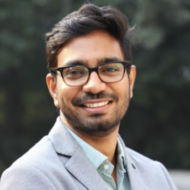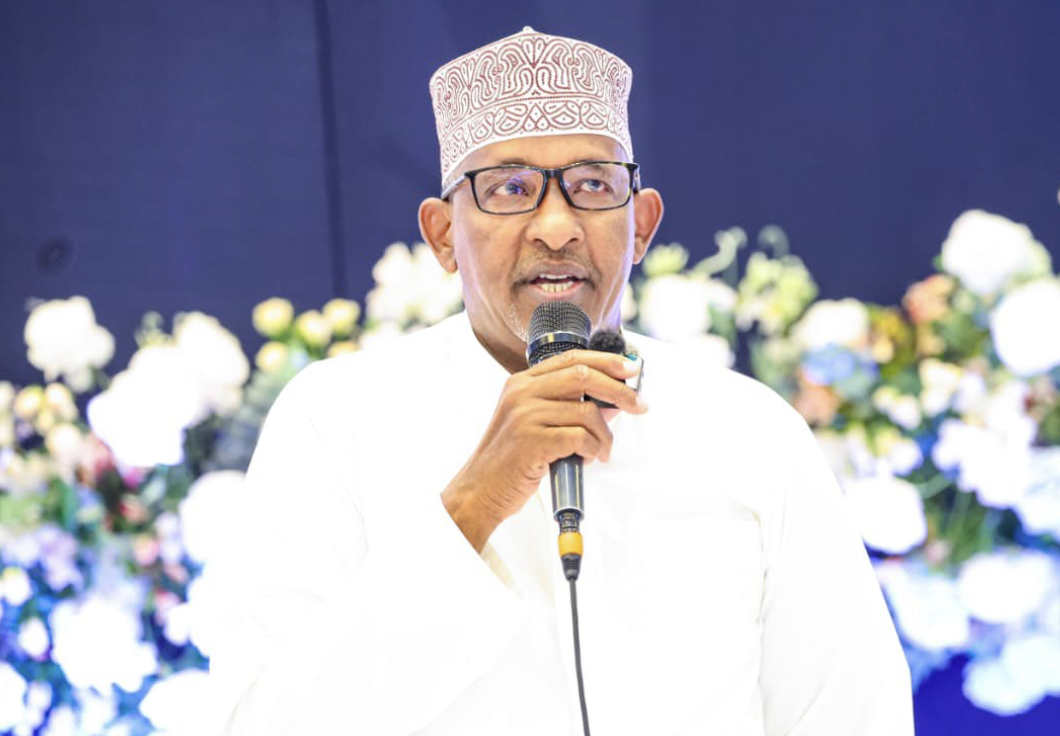President Ruto announced expanded cancer coverage and key UHC reforms, including improved medicine supply and a new hospital equipment model. The government now insures 2.3 million vulnerable citizens, with goals to enhance efficiency, quality, and equity in healthcare as part of Kenya’s broader social and economic transformation.
President William Ruto announced significant reforms to Kenya’s healthcare system under the Universal Health Coverage (UHC) programme, aimed at reducing treatment costs and improving access for vulnerable groups. Starting December 1, the Social Health Authority will raise the cancer treatment benefits package from Sh550,000 to Sh800,000, ensuring continuous, affordable care. Ruto stated that healthcare is a right, not a privilege, highlighting that the government already pays insurance premiums for 2.3 million vulnerable Kenyans, including widows, orphans, the elderly, and those without income.
He also reported major progress in the health sector, noting that the restructuring of the Kenya Medical Supplies Authority (KEMSA) has improved the availability of essential medicines from 48% to 68%, with a goal of 90% by December and full coverage by March 2026. The government has scrapped the Managed Equipment Services model, introducing a new fee-for-service system in which hospitals pay only for equipment used, with private companies handling installation and maintenance.
Ruto described these initiatives as a long-overdue step toward equitable and sustainable healthcare. Addressing Parliament, he framed the reforms as part of a wider effort to strengthen education, housing, and economic recovery, urging Kenyans to pursue excellence and unity despite political criticism.



